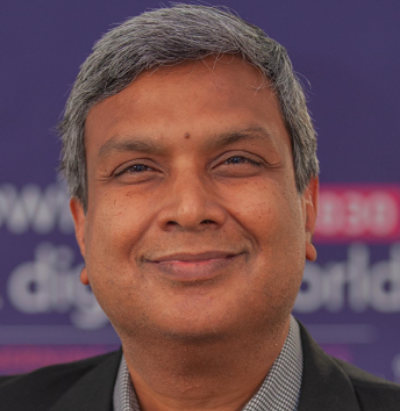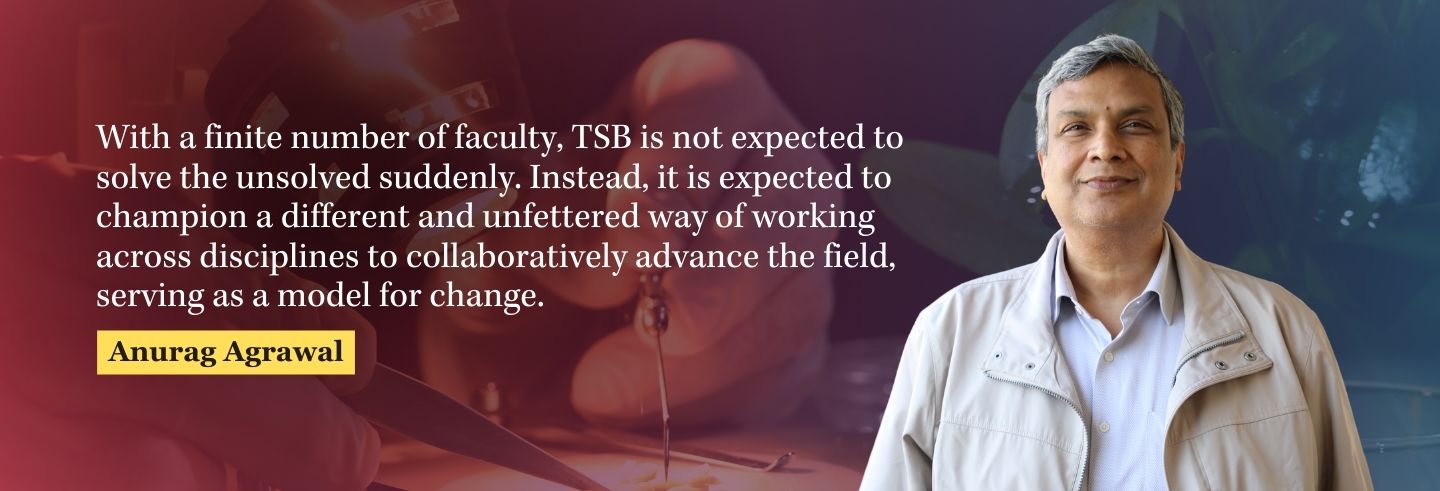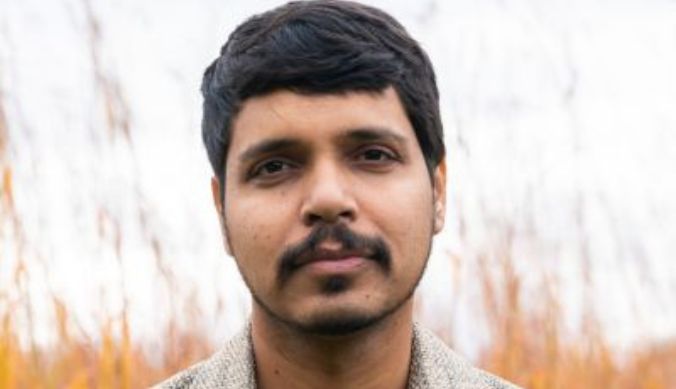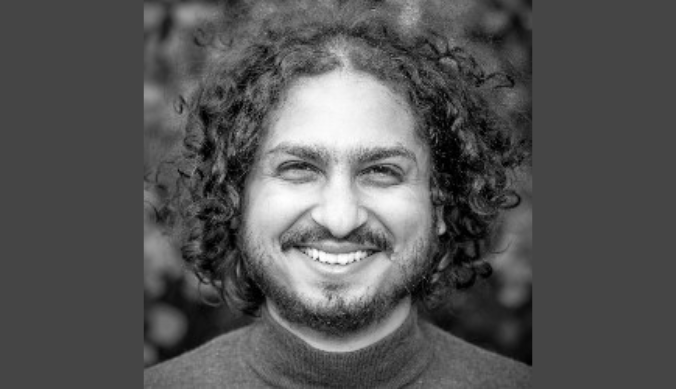Biosciences in the Century of Complexity
Prof. Anurag Agrawal, Dean, Biosciences and Health Research, Trivedi School of Biosciences, illuminates upon his vision for the School

Anurag Agrawal
31 August, 2023 | 4m readAt the turn of the century, Stephen Hawking said, “I think the next century will be the century of complexity”. Indeed, the elegant simplicity of the 20th century, with Einsteinian physics or uncovering the double helix code of life, has yielded way to a messier science where we focus on finding order within highly complex, interconnected systems. One of the major transformations has been in Biology. From sensing changes in geo-planetary ecosystems to capturing health trajectories of individuals and societies, there is a new interdisciplinary push that makes it likely that this will be the century of biology. The Trivedi School of Biosciences (TSB) recognises this need to seamlessly bring biosciences, advanced computing, other natural sciences, social sciences, and innovation together into one ecosystem of advancement.
TSB contains the Department of Biology and associated centres for enabling education and research in biosciences. Threads of data science and interdisciplinarity are woven into the fabric of TSB by design. While still a young department, the faculty has diverse expertise and backgrounds ranging from ecology to medicine. A state-of-the-art new building to house TSB with world-class ambience and facilities is nearing completion. Critical partnerships are in place. The need of the hour is to define and nucleate complementary centres, which may one day grow into institutions and multi-investigator labs that may develop into centres. Towards this, the Centre for Health Analytics Research and Trends (CHART) and the Koita Centre for Digital Health at Ashoka (KCDH-A) have already taken shape between TSB and the Department of Computer Science.
Recognising the importance of diverse data types spanning people, animals, and environment in the conceptualisation of One Health, CHART aims to collect, curate, integrate, analyse, and disseminate such data while also recognising that solutions to most large-scale problems, such as a pandemic, require an understanding of the surrounding socio-economic-political frameworks. Thus, it is a privilege that CHART has come to exist alongside ongoing Ashokan initiatives like the Center for Economic Data (CEDA) and the Centre for Social and Behaviour Change (CSBC).
Simultaneously, the convergence of healthcare, genomics, information technology, and artificial intelligence revolutions have also radically changed how health will be imagined and delivered for individuals and communities. KCDH-A aspires to develop fresh perspectives and nurture a new generation of Digital Health thinkers, innovators, and implementers through a balanced emphasis on education and research.
CHART and KCDH-A are just the beginning. Deeper insights into cancer biology and human genetics along with advanced studies of glycans and metabolic programming, would help form other nucleation points. While these are envisioned as team research topics, individual-driven deep thinking and research remain critical. Despite increasing focus on translational research by funding agencies, the fact remains that one must understand before one can translate.
The larger vision of TSB is to enable researchers to ask significant questions that cut horizontally across the verticals represented by the centres. For example, it is likely that complex sugars in foods, when metabolised by gut bacteria, lead to the release of metabolites and glycan products that alter immune programming. It is also well known that poor nutrition or infections can reprogram immunity, leading to altered health risks, including cancer. So far, we have a minimal understanding of these topics, whether at the fundamental level of mechanisms or the higher level of applications. More importantly, these intersections extend well beyond classic experimental biology. Computational structural simulations, synthetic biology, and systems immunology are all junctional fields of great promise. With a finite number of faculty, TSB is not expected to solve the unsolved suddenly. Instead, it is expected to champion a different and unfettered way of working across disciplines to collaboratively advance the field, serving as a model for change. That is the Ashokan vision.
(Edited by Dr Yukti Arora)
Study at Ashoka















